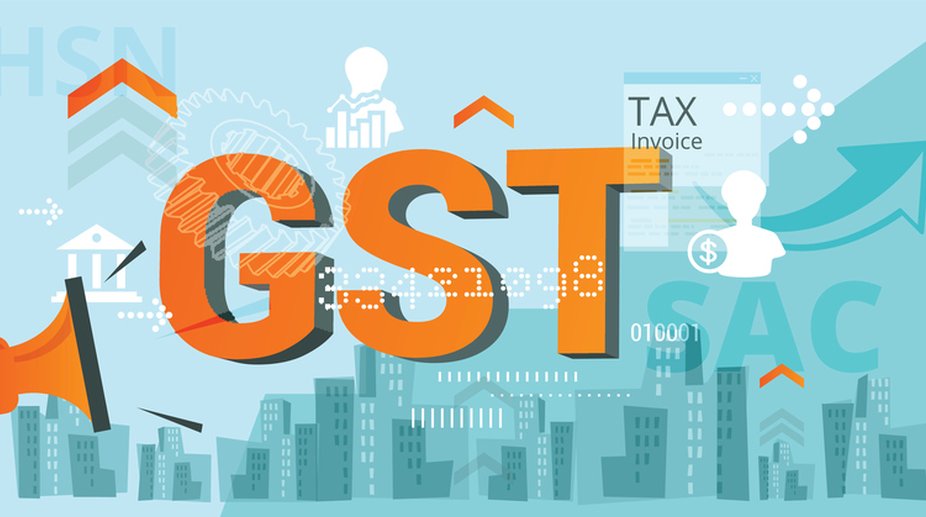Amid speculation about a Goods and Services Tax (GST) rate cut on white goods, industry stakeholders said a move from 28 per cent to a lower tax slab is essential for the health of the consumer electronics sector that has seen “single-digit or almost flat” growth in the past four quarters.
Stakeholders are optimistic that lower tax will not only give a boost to sales and manufacturing but also lead to an upgradation of consumers’ choice of consumer appliances.
Advertisement
“We have been recommending that GST rates should go down from 28 per cent to 18 per cent, further brought down to may be 12 per cent for energy-efficient products,” said Kamal Nandi, Vice President of the Consumer Electronics and Appliances Manufacturers Association (CEAMA).
Nandi said incentives should be given to people to move into energy-efficient four-star or five-star-rated products category, which in turn will help the government to save energy.
“A move from 28 per cent to a lower tax slab will be a welcome move and we definitely look forward to this as early as possible. The industry desperately needs this correction in the GST slab,” he added.
Overall demand for consumer appliances will go up, which in turn will help the industry, asserted Nandi.
“The industry over the last four quarters is in a single-digit growth or almost flat, except for one month of June where we saw a huge spike in demand on pre-GST sales. Other than that, the industry is not growing,” Nandi told IANS.
The consumer durables market is split into two broad categories of consumer electronics (brown goods) and consumer appliances (white goods). In July, GST was introduced on consumer goods with a tax rate of 28 per cent.
Air conditioners (ACs), refrigerators, washing machines, sewing machines, electric fans and other domestic goods all fall under the white goods category.
According to an India Brand Equity Foundation report, the refrigerators segment makes up 31 per cent of the consumer appliances market, while the Indian ACs market size by volume accounted for sales of 10 million units in 2015.
“Currently the market size of washing machine is around five million units, which is expected to grow 10-12 per cent in FY18,” the report said.
An expert on indirect taxation from the Confederation of Indian Industry (CII), who did not want to be named, told IANS that GST as a whole had allowed seamless input tax credit and overall goods had become cheaper by 3-4 per cent in general. He said if rates come down from 28 per cent, the products would become even more affordable.
Ashish Gupta, Managing Partner, Vijay Sales, said with lower tax rates, consumers’ choice of electronic appliances will upgrade to bigger products.
“Eventually, if it (GST rate) is lowered, it will help in increasing numbers because goods will become more affordable. It will help to boost sales, numbers will definitely go up,” Gupta told IANS.
“Also, we will see more upgrades. For example, if a consumer is going for a 250 litre appliance, he will be able to go for a 300 litre one. So that is another benefit that we will see,” Gupta said.











